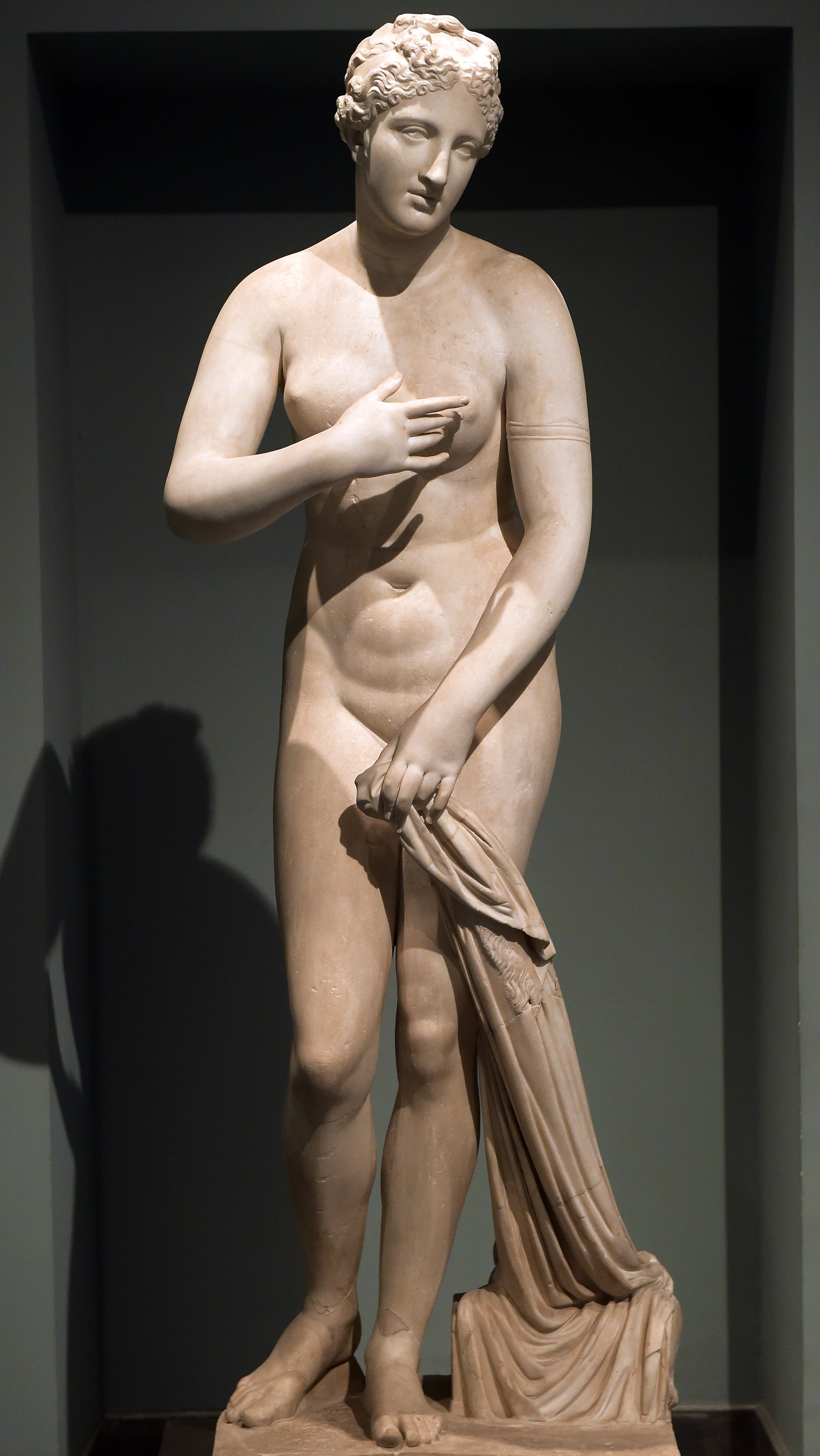The Strange, Sordid History of the World's First Nude Female Statue | Artnet News
news.artnet.com
The Strange, Sordid History of the World's First Nude Female Statue | Artnet News

One of the main observations made about the ancient archaeological figures of women is how sexual they are, pointing us to a way of expression that was both sacred and actively sexual at once.
Feminist historian Riane Eisler describes how our Neolithic and Paleolithic ancestors imagined a woman’s body and pussy as a magical vessel. As she explains, our ancestors marveled at the way it bleeds in rhythm with the moon, miraculously creates life, and produces milk to feed its offspring. Not to mention the magical way a woman can cause a
... See more